Remembrance – George Hallam

Today we remember Baston man, George Hallam who was reported missing presumed dead on the 8th may 1915, serving with the 2nd Battalion Northumberland Fusiliers near St Julien, Belgium.
George Hallam was born in Late Spring of 1882 in Bolden, County Durham to George Allam, a coal miner born in Baston Lincolnshire in 1854 and his wife Mary Dixon, born in Hetton Downs County Durham in 1860.
The couple were married in 1878 in Houghton Le Spring, County Durham and at first lived in Hetton Le Hole, where their first child was born. In all they had 5 children:-
• Elizabeth Hallam, 1879, Hetton le Hole
• Jane Ann Allam, 1880, Hetton le Hole
• George Allam, 1882, Boldon
• John Thomas Allam, 1884, Houghton le Spring
• William Allam, 1886, Hetton Downs
George was living with his parents at 94 Caroline Street in Hetton le Hole in 1891 although 10 years later he was living as a lodger with the Rouse family in Main Street, Greatford. Both George Hallam and George Rouse, head of the household, are working as Horsekeepers on a farm.
Between 1902 and 1908 we believe that George was in Military Service.
In 1908 George Hallam was married to Ethel Frisby Boor in Baston. Ethel was the daughter of Samuel Frisby Boor and Charlotte Rouse and was born on 21st October 1885. The couple settled in Baston and went on to have six children:-
George Bernard Hallam 8th August 1908, Baston
Jane Clarice Hallam, 14th October 1909, Baston
Dora Hallam, April – June 1911 (Died 1911)
Elizabeth Hallam, 29th April 1912
Ethel Louisa Hallam, 18th January 1914
William Lorraine Hallam, 24th March 1915
In 1911 George Hallam is living with his wife Ethel and their two children in a three room house in Atter’s Yard in Baston. George is working as a Farm Labourer.
Allam / Hallam –
Our first mystery is the spelling of he name Allam/Hallam. The birth registrations for George Allam Snr in Baston and all children, apart from Elizabeth were Allam. George Allam Jnr enlisted in the Army for WW1 with the surname Hallam, the same spelling as on his marriage registration and all documents once he had moved to Lincolnshire.
Army Service Pre War –
Our second mystery is with regards to George’s military service. As with 60% of the WW1 full service records, we assume that George’s were destroyed in the warehouse fire in the London Blitz in WW2. This means we have to piece together George’s Military history from other surviving documents.
The mystery starts with the Medal Rolls, we can see that George first served abroad with the 1st Battalion Northumberland Fusiliers on the 13th August 1914, only days after the start of the war. As this was a first line, Regular Army, battalion it would be comprised of serving soldiers or those on the Army reserve list who has previously served.
The WW1 roll of soldiers that died in the Great War tells us that George Hallam enlisted in Newcastle upon Tyne and was serving with the 2nd Battalion of the Northumberland Fusiliers at the time of his death.
George Hallam is thought to have enlisted into the Northumberland Fusiliers, in Newcastle around January 1902. His regimental number of 8348 points to this period.
During this Boer War period the minimum period of service was 4 years with an addition 2 years if you enlisted before your 18th birthday. We suspect that George served the Minimum period of service as by 1908 he was back in Baston getting married and certainly working as farm labourer in 1911.
On the outbreak of war George joined the 1st battalion Northumberland Fusiliers who at the time were stationed at Portsmouth as part of the 9th Brigade of the 3rd Division. The were mobilised for war on the 14th August and landed at Havre in France on 14th August.
1st Battalion Diary-
13th August 1914
The Battalion left Cambridge Barracks Portsmouth by two special trains for Southampton and embarked on S.S. Norman with transport wagons the horses being embarked on S.S. Italian Prince. Embarkation completed at 3.0pm and the first ship sailed for an unknown destination at 4.0pm. The 1st battalion Lincolnshire Regt and the Head quarters 9th Infantry Brigade were also on board. When we had been at sea about 1 hour it was given out that wee were destined for Havre which port we sighted before midnight.
14th August 1914
S.S. Norman was tied up at 3.0am and the Battalion disembarked at 5.0am leaving a platoon to unload the wagons marched to a tent camp about 5 1/2 miles N.N.E of Havre. This was a VERY HOT March and 82 men of the Battalion fell out owing to the intense heat. The tent camps were hardly ready for us.
Leaving camp on the 16th August, over the next week, the Battalion would have gone via Rouen, Busigny, Landrecis, Noyelles and Longueville before their final march to the Mons-Conde canal. They started to fortify the houses and barricading the streets south of the canal.
They saw their first action on the 23rd August as part of the Battle of Mons, retiring back to Frameries that afternoon. This was the first action in the retreat from Mons where the Battalion and the 1st Lincs fought a rear-guard in Frameries. This action on the 24th took the life of the first man from the Bourne area to be killed in the war, Serjeant Arthur Bates of the 1st Lincs. The pattern followed with retirement after retirement taking them to the Battle of Le Cateau, followed by the defence of the Marne and Aisne rivers before stopping the enemy short of Paris.
Next the British Army were part of the race for the sea an ever northwards battle which ended up trying to stop the enemy reaching the channel ports. During this time the Battalion were involved in the Battles of La Bassee (Near Lens France) and Messines, the First Battle of Ypres, Battle of Bellewarde, all in Belgium.
We have deliberately not covered the 1914 operations in any detail as at some point George changed battalion from the 1st to 2nd Northumberland Fusiliers, we have no records to find out when and why this was. It was usual for a badly wounded or sick man, after his convalescence, to then be returned to his Battalion or posted to a Battalion that was low on fighting strength of men.
Checking the Battalion Diary Appendices (Killed, Wounded & Missing) for the 1st Battalion, we cannot see George Hallam listed however the following 2 appendices are missing:-
November 1st Mont Kemmel – Appendix IX
Nov 7-19th Hooge – Appendix XI
It may be possible that if George was wounded and sent to hospital then one of these two gaps would be the most likely time for that to happen.
As we don’t know exactly when George changed Battalions then we can only really look at his last days to tell a piece of his story with any certainty.
The 2nd Battalion had been out in India at the commencement of the war and sailed home from Karachi, arriving in Plymouth on the 22nd December 1914, moving to Winchester to join the 84th Brigade of the 28th Division. They were mobilised for war and landed at Harve on the 18th January 1915 on the S.S. Australind.
George’s story can be told from the Battalion Diary for May 1915:
4th May 1915
The Battalion reached the hutments just north of the Ypres to Vlamertinge Road early in the morning went into reserve.
Casualties during the tour of duty from April 21 to May 4:
Officers, 6 Wounded
Other Ranks, 35 Killed, 149 Wounded, 17 missing
Battalion ordered out at p.m. to support second Cheshire Regiment at Potijie. Remained in GHQ line in support
5th May 1915
Battalion still in support at Potijie.
6th May 1915
Battalion relieved the first Battalion Welsh regiment in the trenches about midnight. These trenches were situated to the north of the village Wieltje, Belgium, about 3/4 of a mile, with the left of the battalion astride the St Julien Road and the right resting on the Fortuin Road.
7th May
The enemy made an attack on the trenches nearby the battalion which was repulsed. Our guns then took up the fire and shelled the enemy.
2/Lieut H.S. Luke Killed, Sergts Taylor and Spaxman Killed
Germans continue shelling the position all day.
8th May
At about 3.30 the enemy’s guns opened fire with high explosive and shrapnel which increased in volume about 7 am and continued all day, till the enemies infantry delivered their attack upon the right of the line held by the 84th infantry Brigade at about 3:30 pm.
The line of trenches extended from the road St Julian to the Zonnebeke Road north of the Verlorenhoek which were held by the following units commencing on the right:-
2nd Cheshire Regiment
1st Bn Suffolk Regiment
1st Monmouthshire Regiment
2nd Bn Northumberland Fusiliers
The line at the Cheshires was broken and the enemy got through to the rear and enveloped the Suffolk Regiment. The Monmouth’s fell back and made a counter attack which failed, and from information obtained the enemy outflanked the Northumberland D. C. and B company. Number 1, 2 and 3 platoons, (A company) under second lieutenant W Watson Sergeant Lane and Hague head onto the trenches and foot gallantly. Their devotion to duty save the situation. These platoons were relieved at 4 am on the 9th by a detachment of the East Lancs Regiment.
The following casualties occurred,
Lieutenant-Colonel S H Enderby, P of W
Captain Rauld, P of W
Lieut A B Cramsie M.G. Officer, Killed
Lieut J K Manger Scout Officer , Wounded and Missing
F Company
Captain A C Hart, Killed
2/Lieut R Lord, Wounded
2/Lieut W Watson, Wounded
B Company
Capt G K Molineaux, Missing
2/Lieut W Taylor, Wounded, P of W
C Company
Lieut B E S Mahon, P of W
Lieut B C Hardy, P of W
D Company
Lieut G P Legard, Killed
2/Lieut K Shann, Killed
2/Lieut R V Taylor, Slightly Wounded
Attached
2/Lieut E B A Cardew, 4th Devon Regiment, P of W
NCO and Men, Killed Wounded and Missing 422*
Killed 12, Wounded 126, Missing 284
9th May
The diary reports that several officers re-joined the Transport Headquarters.
The following draft arrived from 3rd Battalion
2//Lieuts, C R Freeman, H E Hobbs, W G B Garrard + 248 Men
The battalion was reformed.
The Battalon now has a strength of 10 Officers and 454 NCOs and Men.
Battalion in Billets near Poperinghe.
It was in the action of the 8th that George Hallam was reported as missing later presumed dead.
The casualty report of the War Office from 2nd June 1915 officially Lists Pte G Hallam 8348, 2nd Battalion Northumberland Fusiliers as missing .
Newspaper clipping 11th June 1915
BASTON
MISSING – Official intimation has been conveyed to his wife that Priv Geo. Hallam, Northumberland Fusiliers, is reported missing.
Commonwealth War Graves Commission:
In memory of Private George Hallam, 8348, 2nd Bn., Northumberland fusiliers Regiment who died on 8 May 1915 Age 34. Son of the late George Hallam; husband of Ethel Hallam, of Baston, Peterborough, Northants.
Remembered with honour, Ypres (Menin Gate) Memorial
George is also remembered on the Baston Memorial
George was awarded the 1914 Star and clasp for service in 1914 and 1915.
We will remember them

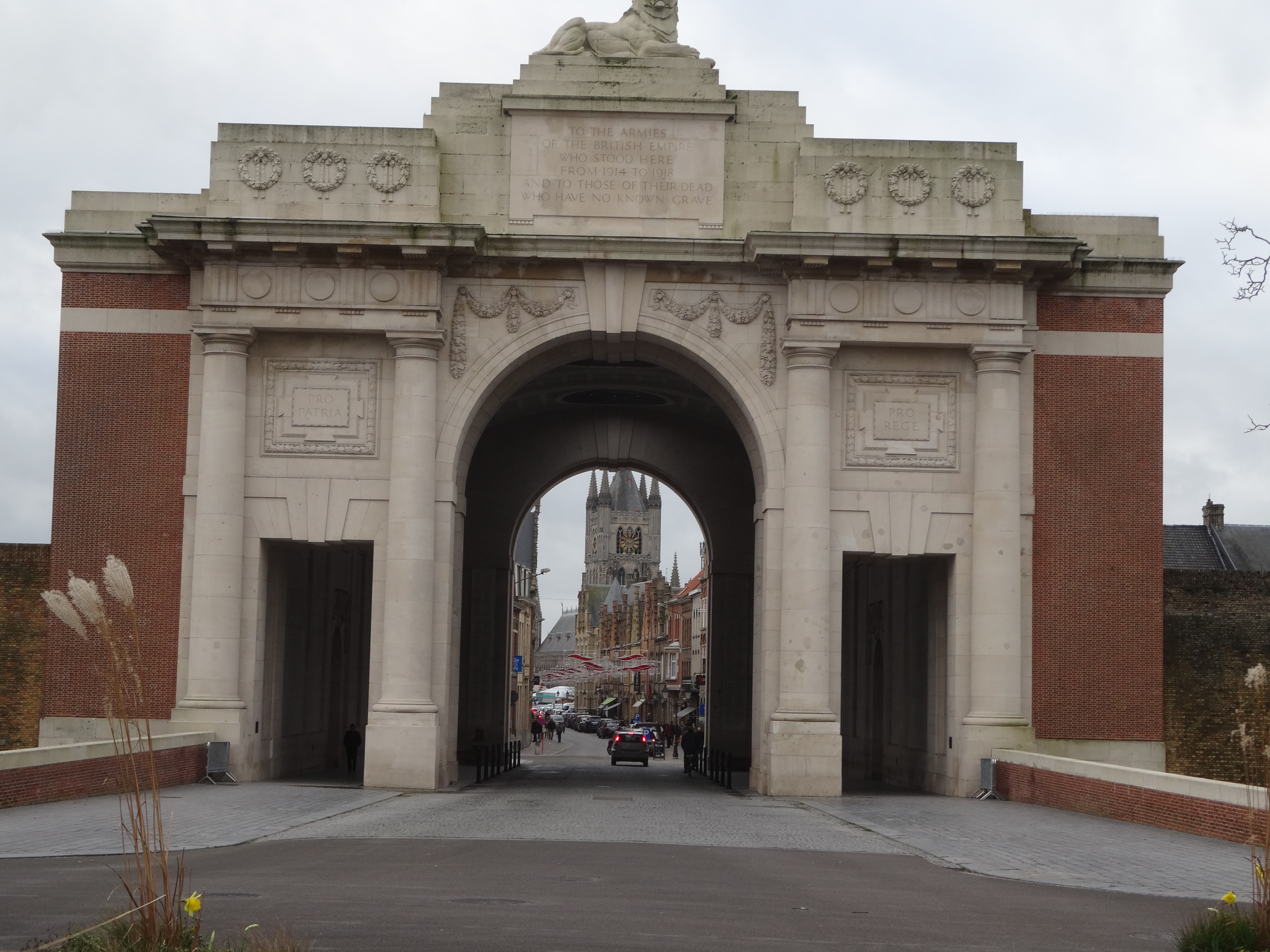

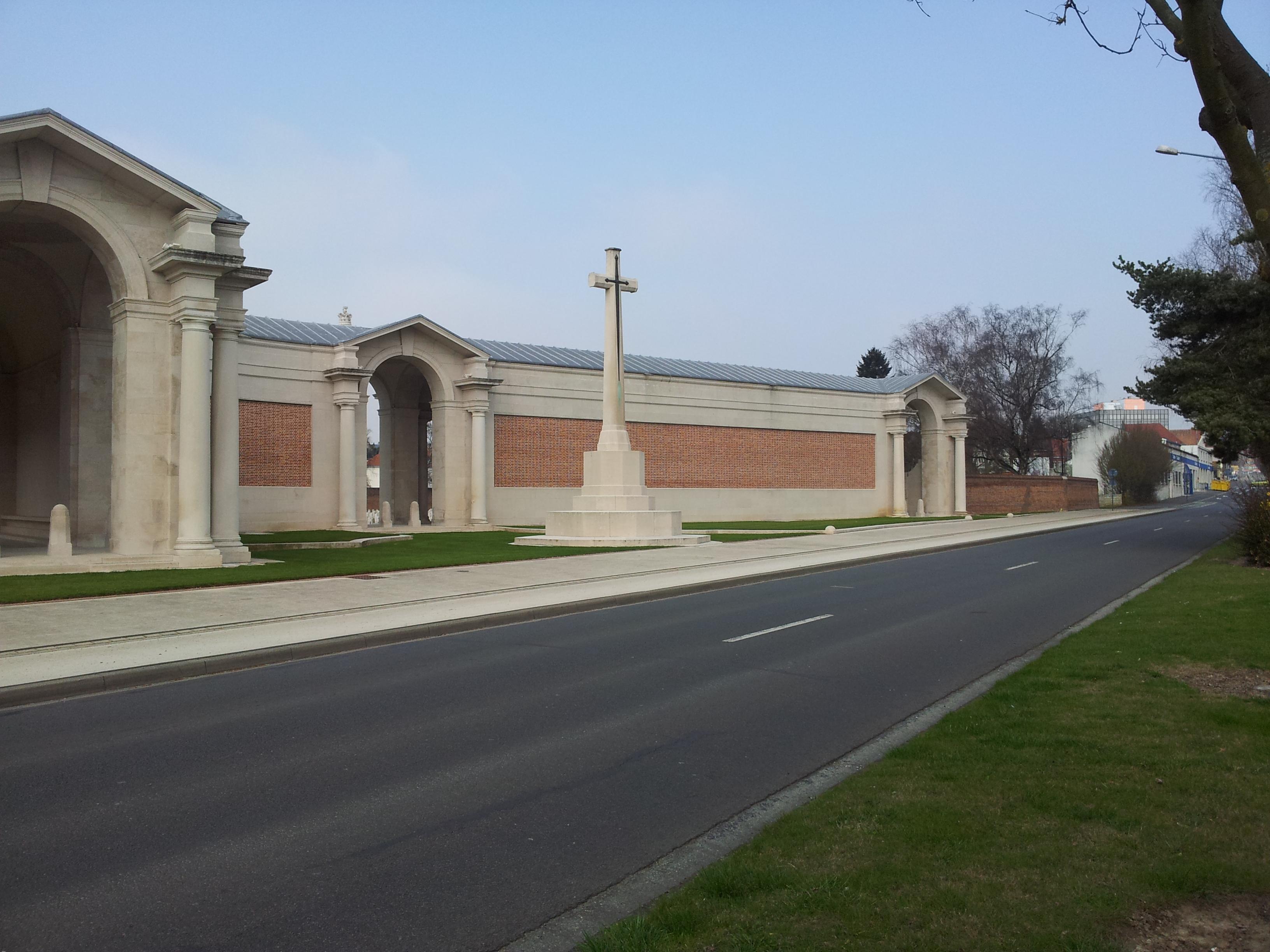


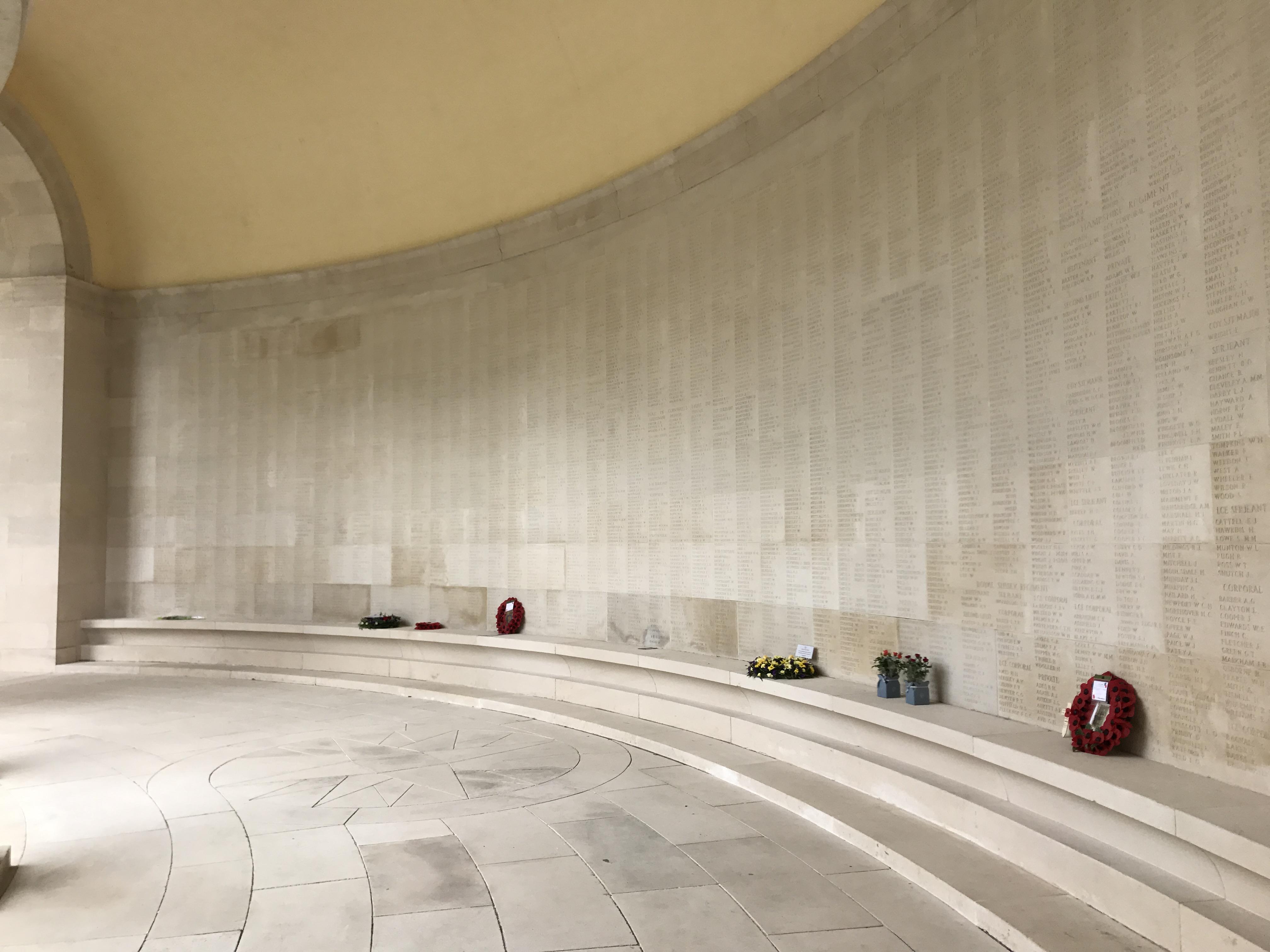
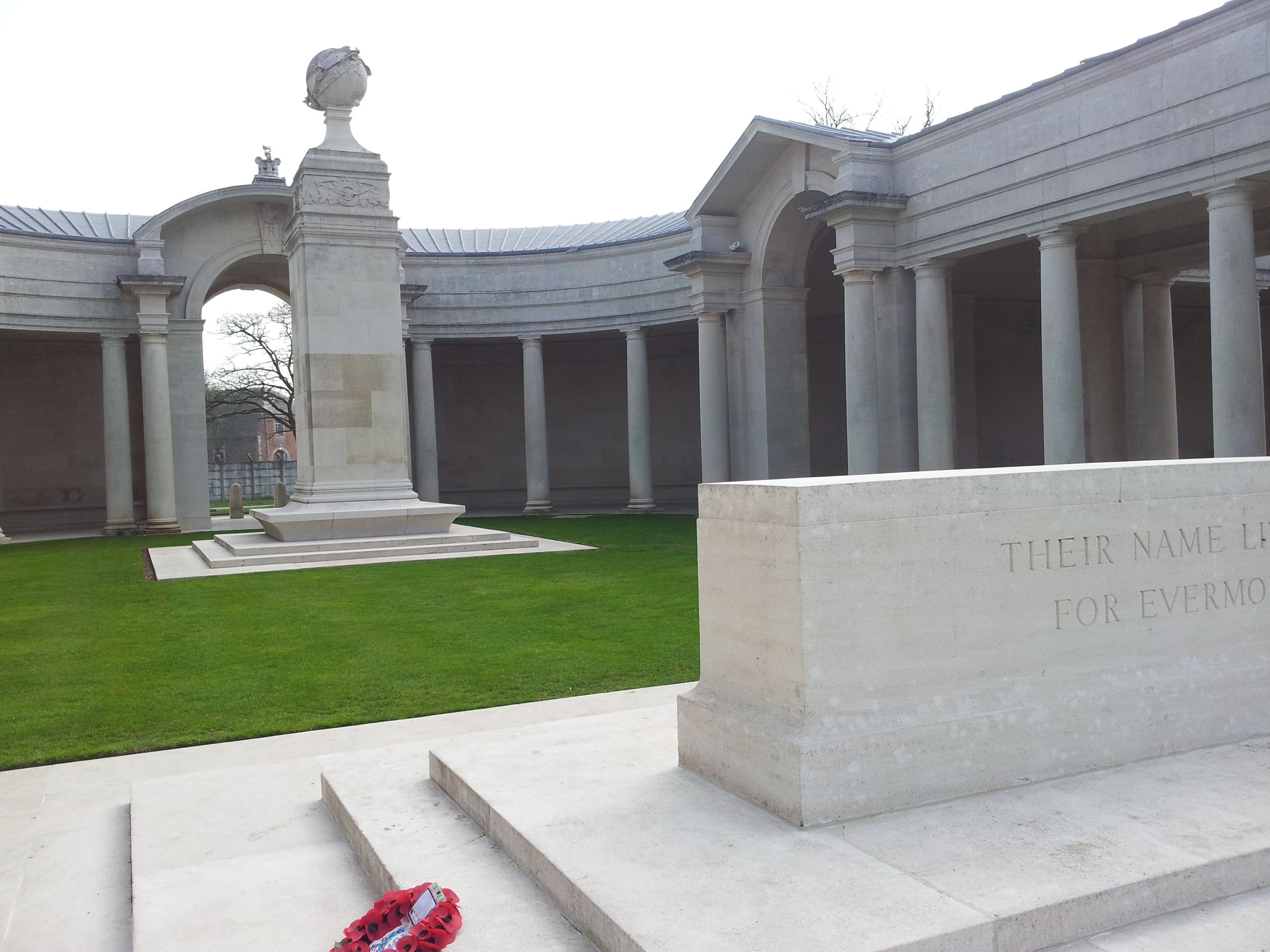
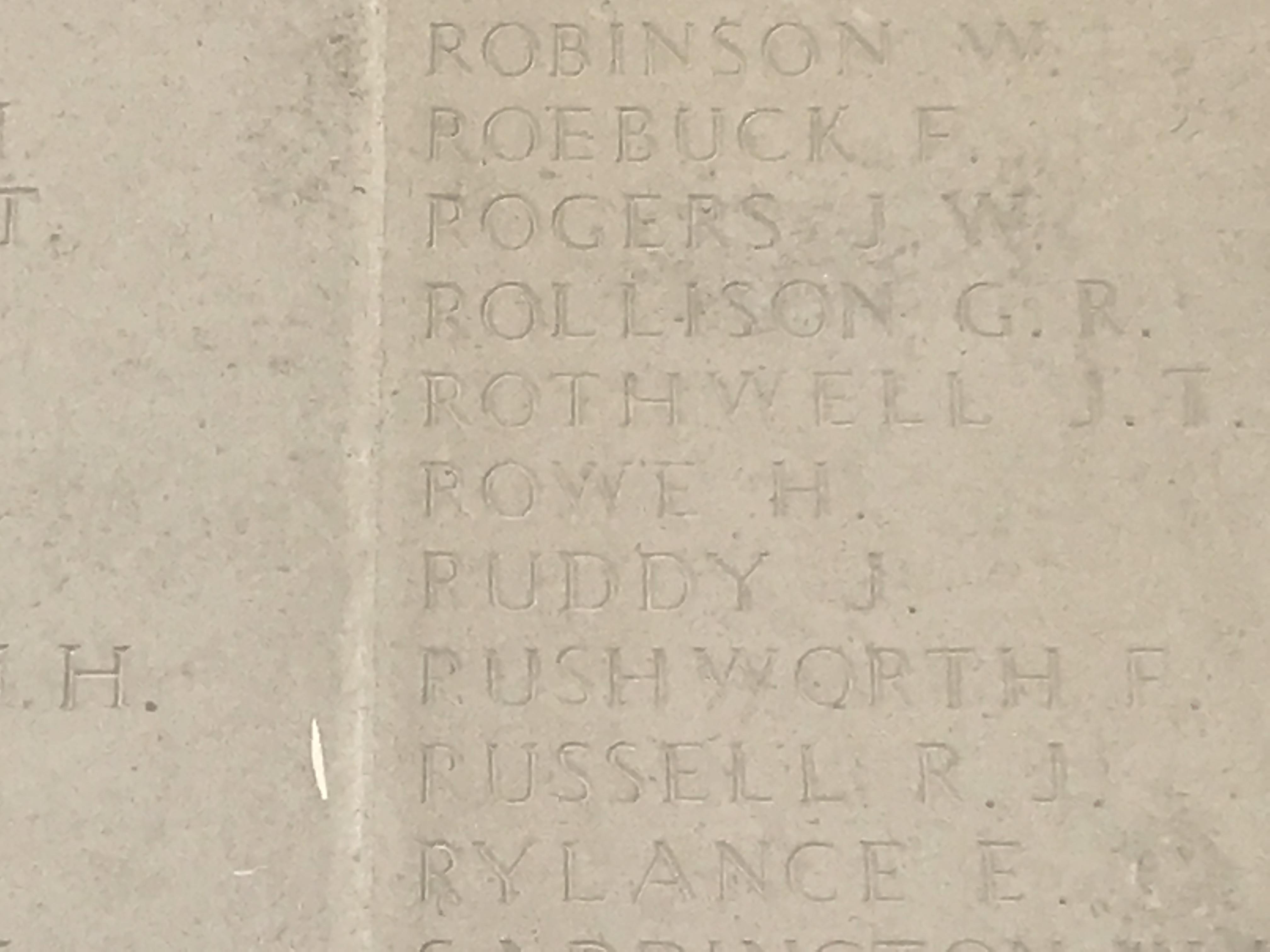
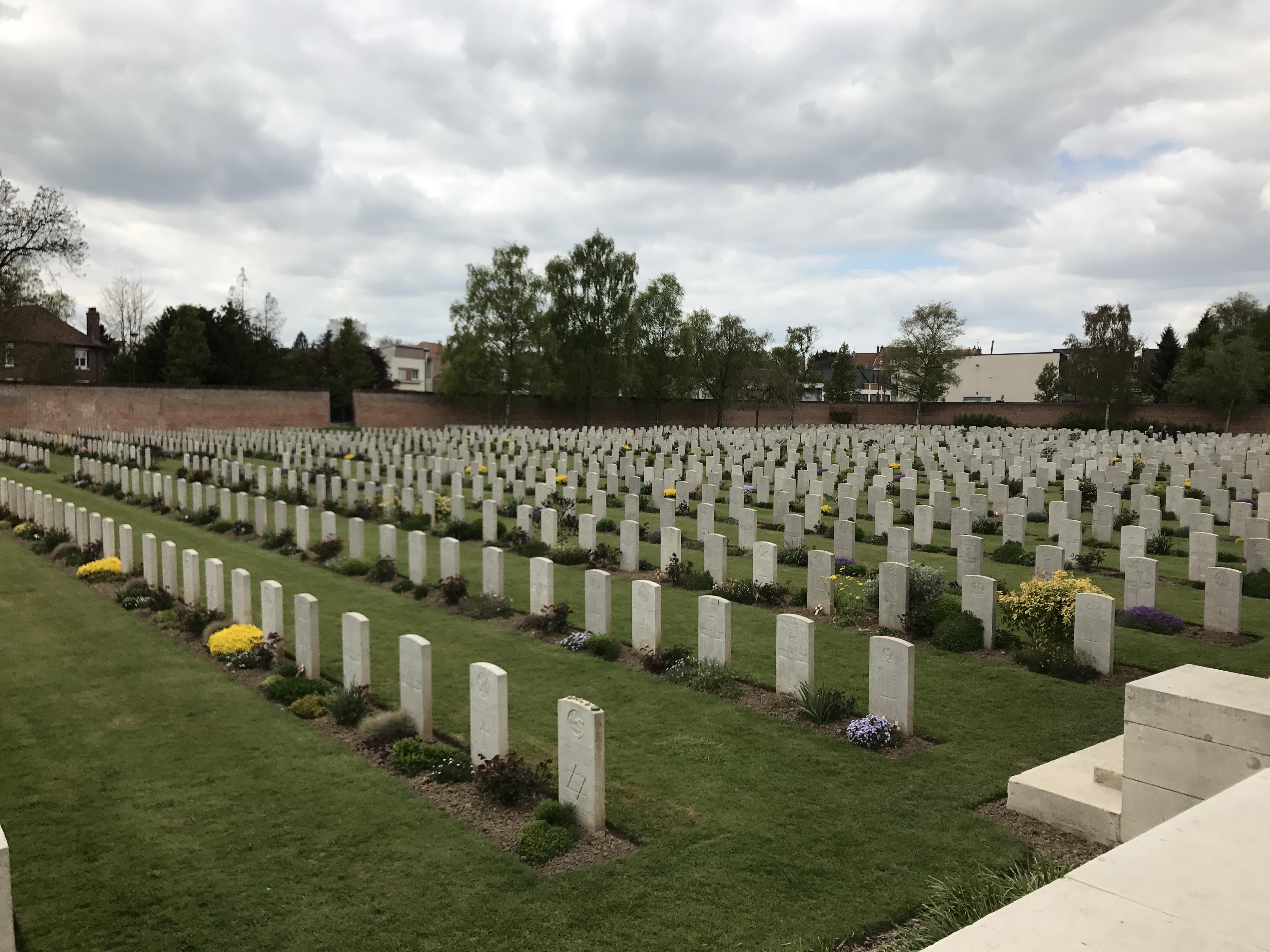
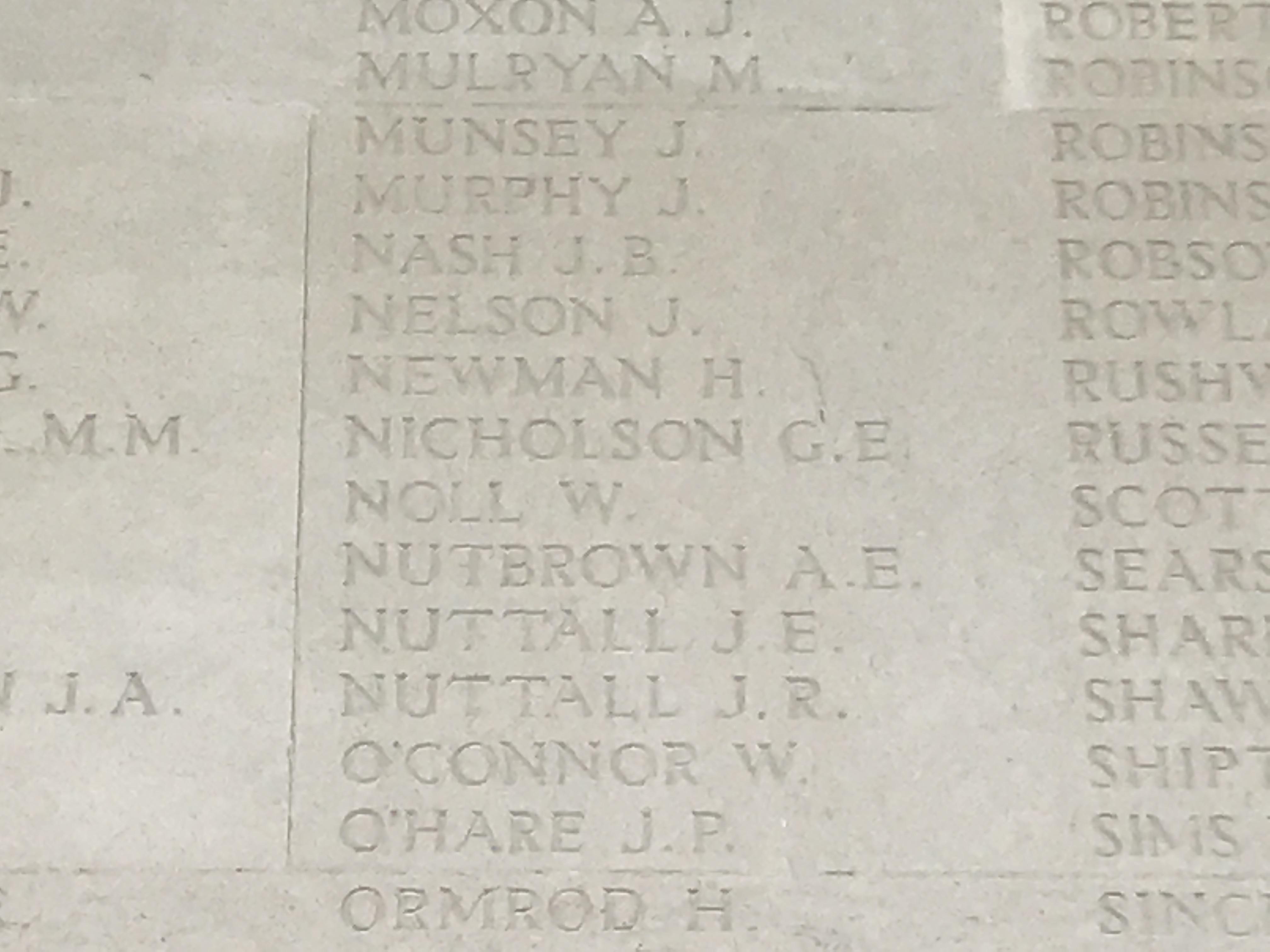
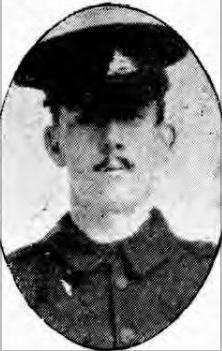

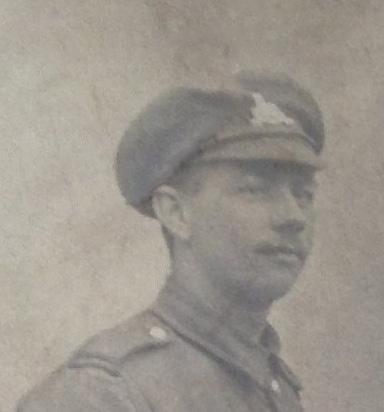



Recent Comments